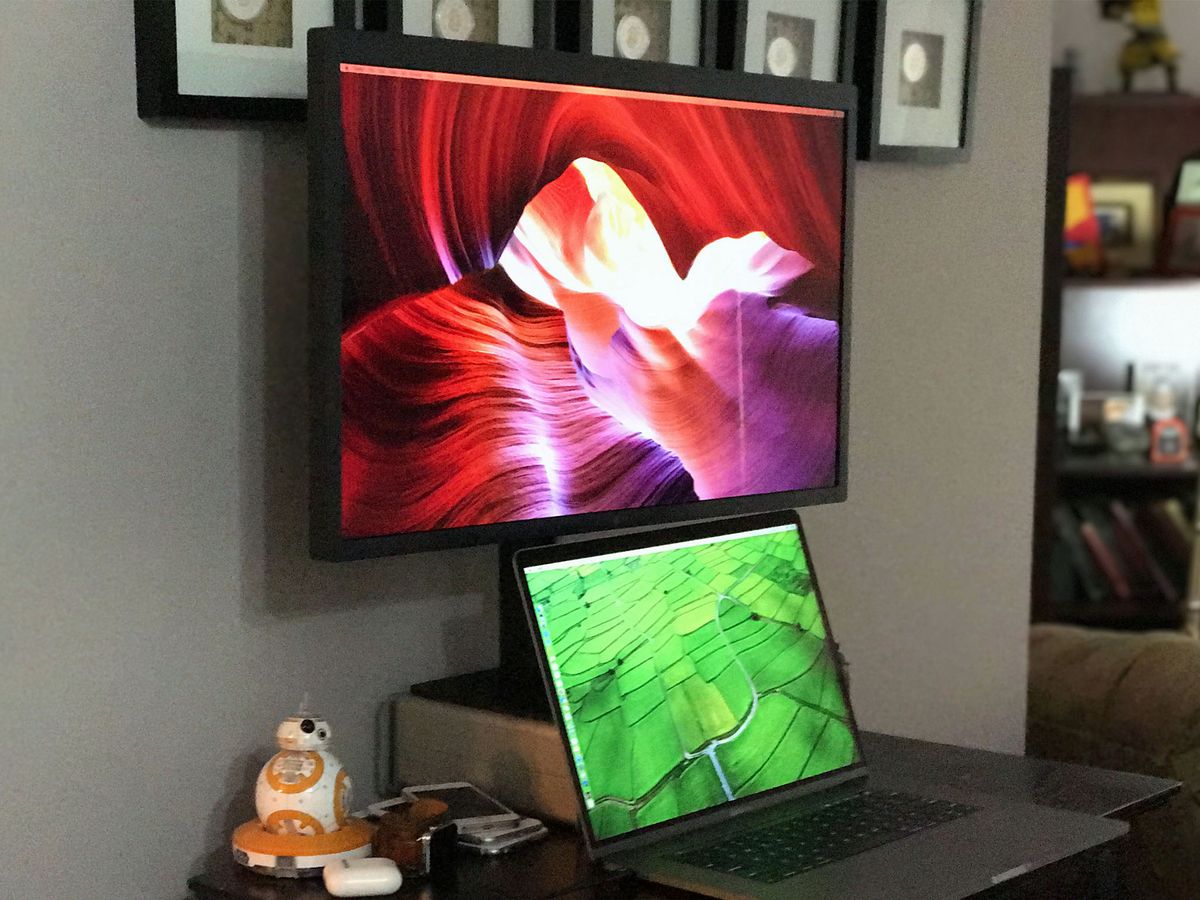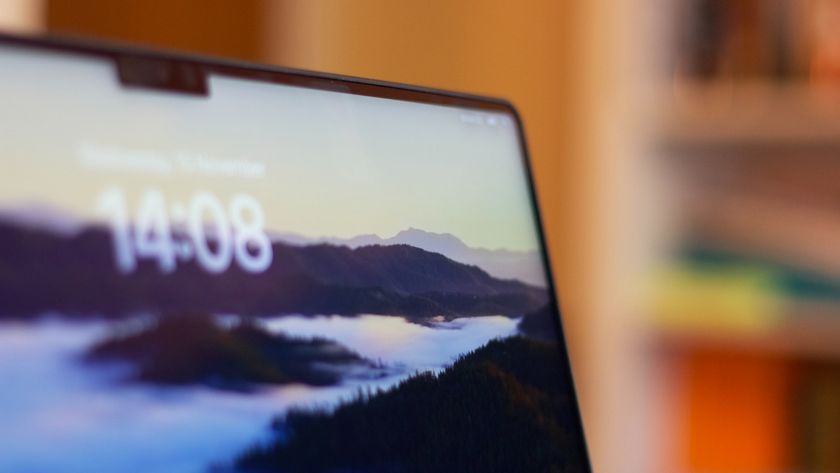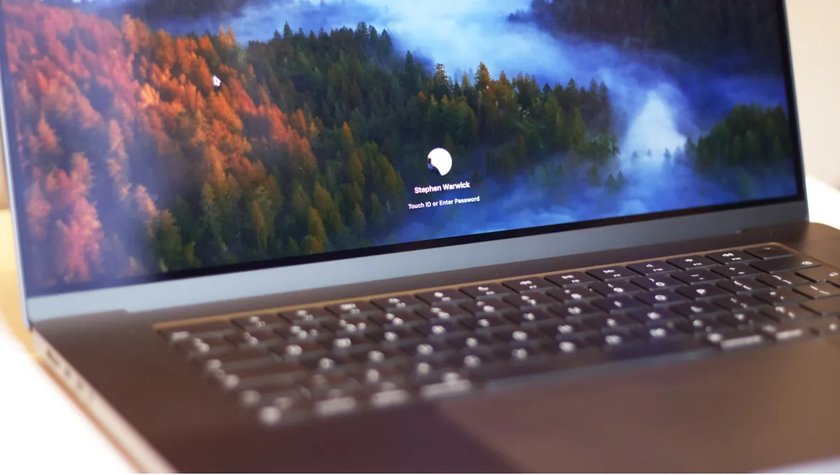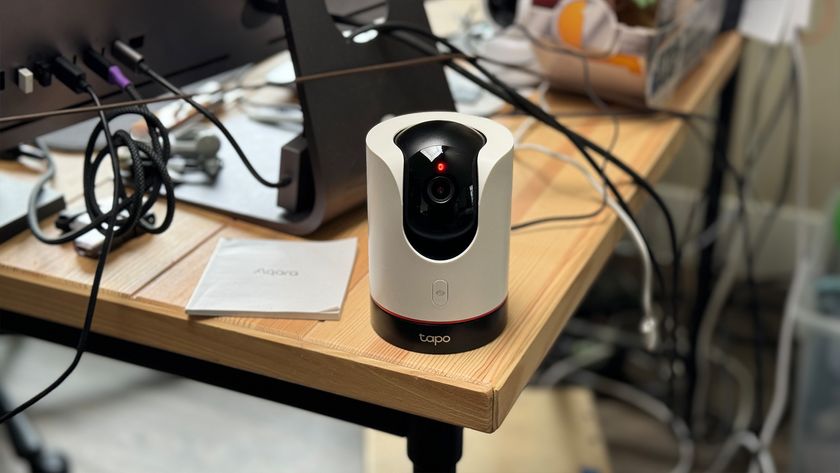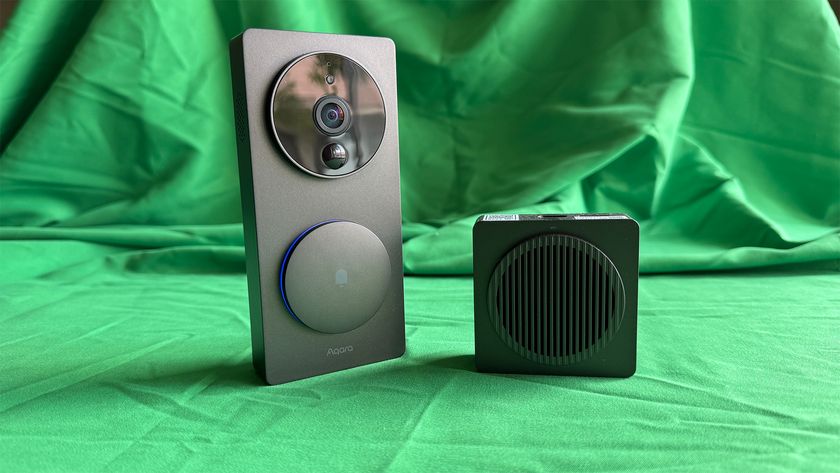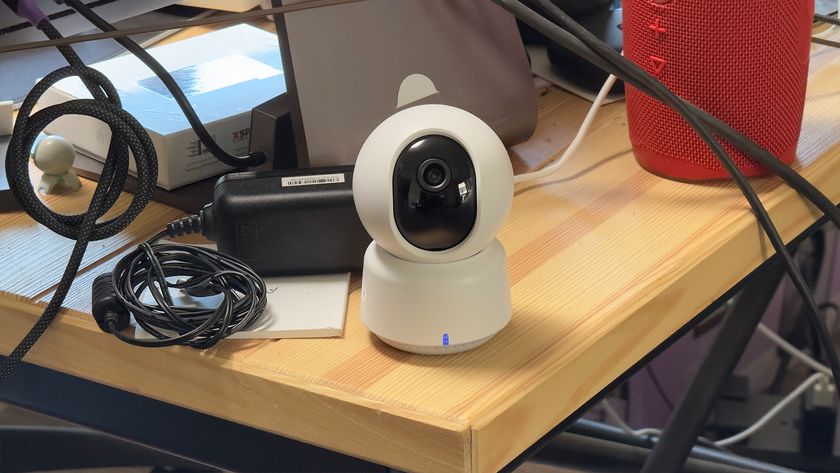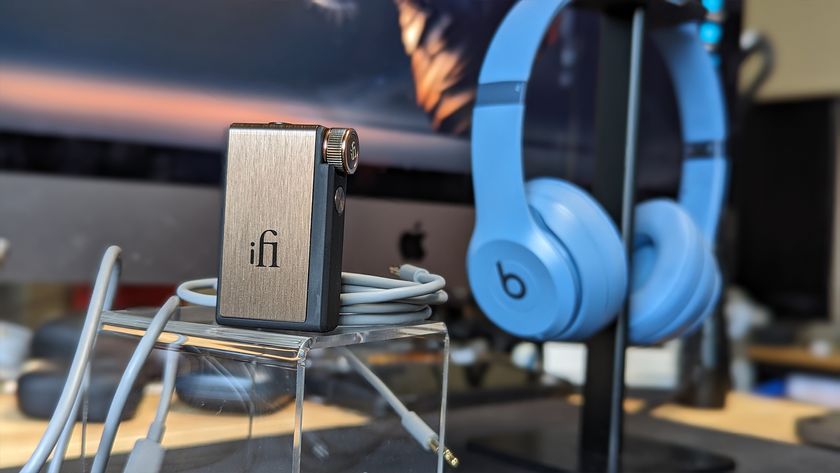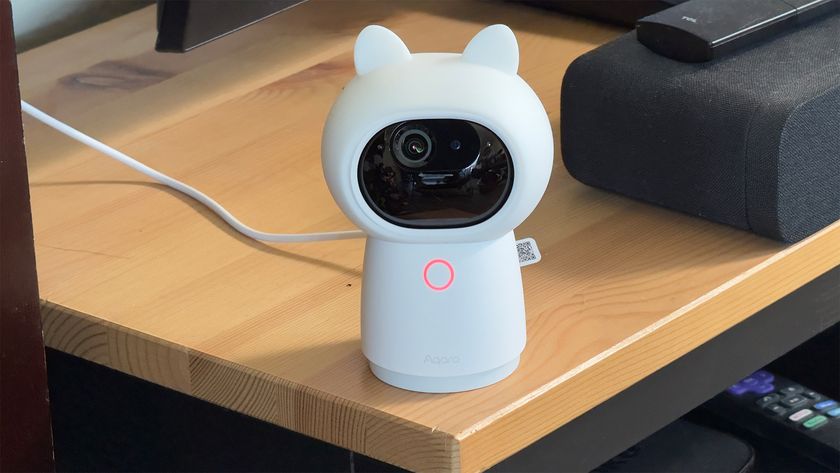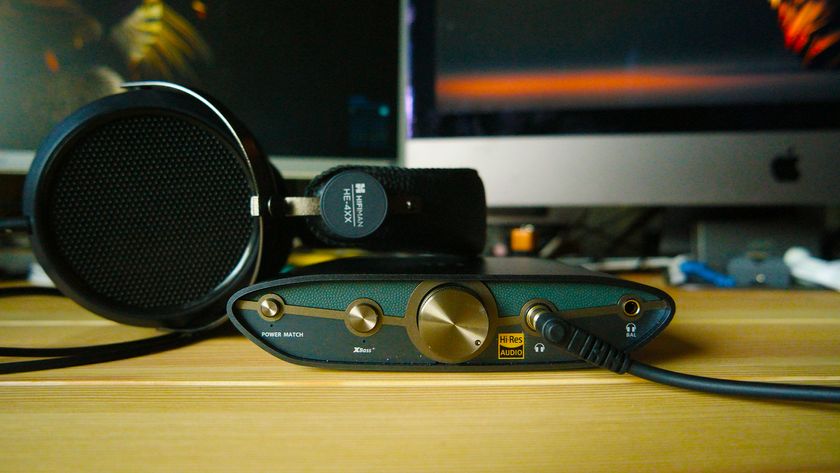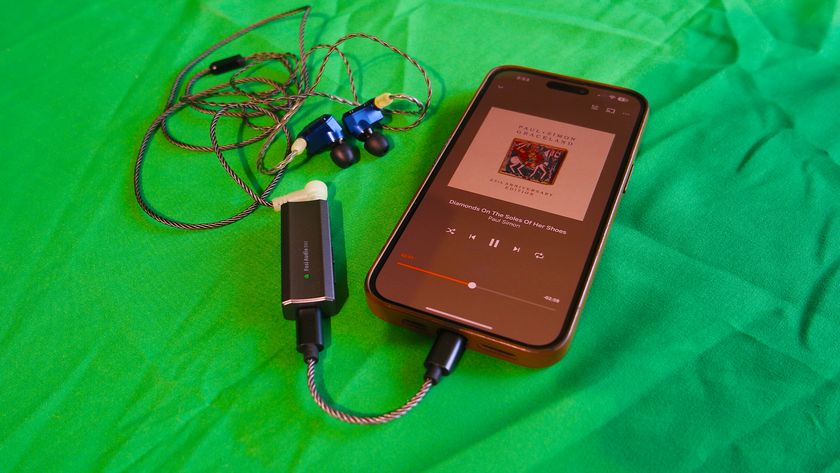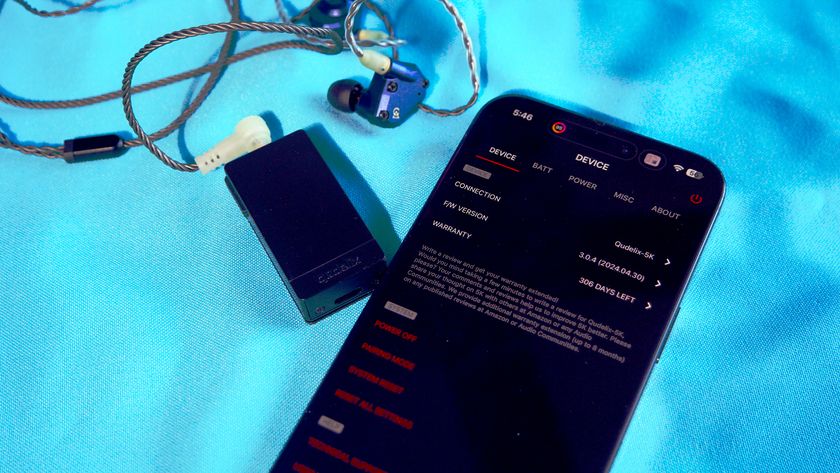I've been using the 2016 MacBook Pro going on three months now. Most of that time I've been using the 13-inch Core i5 model with Touch Bar. I've also spent a little more time with the 13-inch non-Touch Bar model and the 15-inch model following Apple's recent round of macOS updates.
I've worked with it at home and while traveling, docked at my desk, on airplane tray tables, and in coffee shops aplenty. I've used all the apps I typically use and many just to test. I've put it through all its paces and then some.
And here's what I've found.
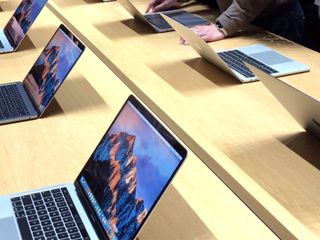
Previously on MacBook Pro
MacBook Pro 🙂
I get why a lot of high-end creative professionals don't like the memory or graphics limitations and why those who need a lot of dongles find it a real drag. But, for people like myself who've been switching back and forth between 13-inch MacBook Air and 13-inch MacBook Pro over the last few years, trying to find a way to balance portability with power, this is it. And for a number of reasons.
Strong, light, dark design
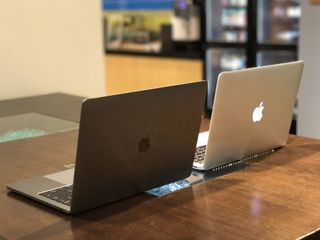
The New MacBook Pro is light, thin, and solid. It fits into my backpack as easily as my old MacBook Air did and is just as easy to carry around, even for hours at a time.
I've taken it on long trips and even on long hikes when I didn't trust leaving it behind in my car, and I've never felt weighed down by it the way I have with previous Pros.
It does all this while also feeling tougher and stronger than both my old MacBook Air and my previous-generation MacBook Pro, and that means I don't worry about it at all when I travel either, which is great.
Plus, the Space Gray look is new and fresh and just hella sexy.
Wide gamut display
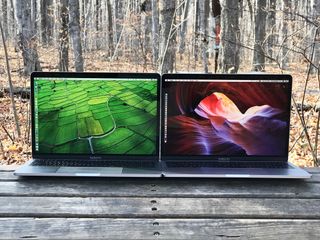
Even after three months with the new MacBook Pro, four months with iPhone 7, almost a year with the 9.7-inch iPad Pro, and over a year with the 5K iMac with DCI-P3 display, I thought I'd adjust to wide gamut color and kind of forget about it. I haven't.
I still look at enough sRGB screens that, when DCI-P3 lights up, I notice the difference and it makes me smile. For example, when paging through full-screen photos shot with iPhone 7, I feel the pop of those reds, oranges, and magentas, and the deepness of those greens. And when I hit an especially color-rich picture, it's still magic each time.
Driving 5K

Since my original review, I've begun using the new MacBook Pro with two LG UltraFine 5K displays. While I tested the 15-inch in dual display mode, I'm not a big fan of having to turn my head back and forth to see the full scope of both displays.
So, I typically use them split up with one in my studio and the other in the nook off from my living room. Then, I move the MacBook Pro between them depending on where I want to work.
Just like I've switched back and forth on MacBook Air vs. MacBook Pro, I've switched back and forth on a MacBook + two external displays vs. a MacBook + iMac. I used to move my old MacBook Air between two Thunderbolt displays. Then I added an iMac just to get that 5K display.
Now, thanks to the 5K out over Thunderbolt 3, I've simplified again. And it feels very Zen.
LG 5K UltraFine Display review
Touch Bar assisted memory
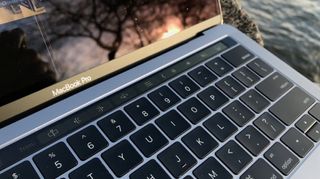
Touch Bar, which is basically an extremely short iPad-as-input-device embedded above the keyboard, is still very new. Sure, Apple spent upwards of eight years working on it and that's absolutely evident in how solid the hardware is, but the implementations still squeak when they turn around too fast.
On the plus side, Touch Bar has succeeded in getting me to use more shortcuts than I ever have before simply because I no longer need to remember them. I can simply glance down and there the shortcuts are.
In most cases, I can customize the ones I use all the time so they're almost always available and also benefit from the ones I'd forgotten — or never knew — existed because all of a sudden they're all up in my face... er, beneath my fingers.
The other day I went to take a screenshot and noticed how the Grab utility offered some really cool Touch Bar shortcuts. Most of the apps I use frequently have updated now as well, including Logic Pro X last week.
Just today, as I was writing this re-review, the macOS emoji picker glitched out and stopped inserting emoji into text for me. Normally I'd reboot to fix it and it'd be a hassle. Instead, I tried Touch Bar and it worked... and that meant so could I.
Speakers be booming
The new speakers are loud, clear, and fantastic. That is all.
Touch ID
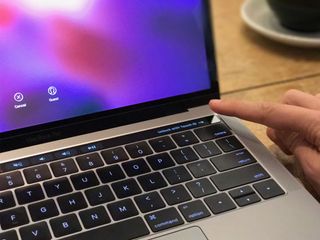
Touch ID is often referred to as an adjunct to Touch Bar — the little square off to the side. But once you use it, you know it's the main event.
It's so fast, it sometimes beats Auto Unlock, which uses the proximity of your Apple Watch, to log you in. (Yes, I like to make them race.)
The system itself is similar to what's been used on iPhone and iPad for years now. There's a dedicated Apple chip with a secure element to handle Apple Pay transactions, and an embedded iOS-style system to display transactional information in a way that prevents tampering. (An app can't show you one price and charge you for another, for example.)
But you don't see any of that. You simply touch and your system unlocks, your apps unlock, your transactions get authorized, and your payments go through.
It's a convenience and it's a fantastic one.
MacBook Pro ☹️
No computer is perfect and that's especially true of first-generation redesigns. That's why some grizzled old pros avoid "Rev A boards" at all costs. But I like shiny and new, so I dive in head first, even when that means I sometimes hit my head.
Performance pains
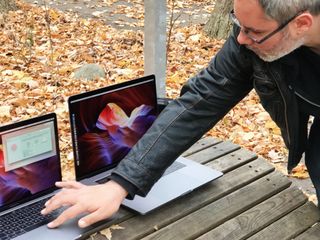
The era of massive generational gains in processing and graphics power are over. Intel, it seems, has hit a wall. Features keep getting pushed out to future versions, interim chipsets keep getting announced, initial chips are sometimes buggy, and the specific chips used in the MacBook Pro seem to take forever to ship.
And that's why we have Skylake in the MacBook Pro instead of Kaby Lake, not that Kaby Lake would make a huge difference at this point anyway. (Queue your 4K but, but, buts...! )
The lack of low power memory support is also why we're capped at 16 GB and the lack of DisplayPort 1.3 support, never mind that the standard has already hit DisplayPort 1.4, is why driving a 5K display is still a hack.
If I sound spoiled by the years when Moore's Law still held true, and by Apple's A-series chipsets making iPad Pro better at video editing than Intel's m-series in MacBook, it's because I am. We all are. We're customers, after all.
And if it sounds like I'm blaming Intel for making the MacBook less Pro, well, yeah, kinda. It's been crystal clear where computing was going for the last few years and Intel hasn't been able to get there.
Maybe Apple could have gone with different processors, graphics cards, and higher-powered memory chips and essentially made a heavy, hot, power-hungry iMac in MacBook Pro clothing, but I'm not sure how well that would actually sell.
Or maybe Apple could have gotten into the x86 game themselves, the way AMD has for decades. Apple A-series chips have been far more impressive over the last few years than anything from the dedicated chip-makers. I can't imagine Apple X-series would be anything less. (Queue your ARM buts, buts, buts...!)
Anyway, I've been using the Skylake i5 MacBook Pro and it's fine. I didn't see the need to sacrifice power or give Intel more for the i7 based on what I do with it. Though, if I could get more real bang I absolutely would spend more bucks.
Touch Bar rejection
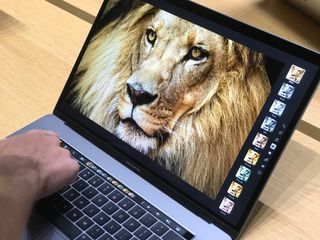
When I first saw the Touch Bar and first got to use it, I was more than a little smitten by it. New! Shiny! After a couple weeks, though, I got a little frustrated. With traditional keys, if you brush up against the sides, nothing happens – the mechanisms need downward pressure to trigger. With Touch Bar, though, any incidental contact will trigger a touch action.
I've gotten used to Apple having superlative touch rejection. From the narrow bezels of the original iPad mini to the way iPad Pro + Apple Pencil seems to have a Spidey-sense when it comes to avoiding palm presses. With Touch Bar, though, I started hitting the soft Siri key by accident when going for Delete. Not a lot. Maybe once every few days. But Siri launching is interruptive enough that it's annoying.
Since then I've customized that problem away by changing what's where, but it's something I wish I hadn't had to.
I'd love it if, for example, Touch Bar did something like what iPhone 6 introduced when the power button got moved — if it detects a combination that's likely erroneous, it interprets it as the more likely scenario. So, just like pressing volume down and power on iPhone 6 ignores power, hitting Delete + whatever soft key is above it should ignore the soft key, especially if it's brief and oddly angled.
MacBook Pro 😐
While online seems to be increasing about extremes, the real world is still filled with the in-between. Those things that aren't deal-makers or deal-breakers, love or hate at first site, but that you only find when using a product day in, day out, for months at a time.
Ports and storms
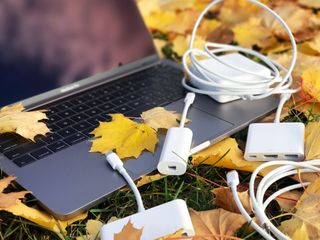
When I got the original 12-inch MacBook almost two years ago, I bought every USB-C adapter Apple offered and a few they didn't. And then I promptly never used any of them. I broke the dongles out again for the MacBook Pro and experimented with them but I haven't used them since. At least not directly.
When I switched from the iMac to the LG UltraFine 5K display + MacBook Pro, I also had to switch all my podcasting gear to the display. And — you guessed it — that meant dongles. One for the web cam, one for the mic interface, and one for the Ethernet cable.
They stay plugged into the display, which means I never see them much less have to fuss with them, but they were an additional cost and required an additional moment or two at setup.
Of course, the mic interface is a dongle itself, going from XLR to USB with a box in between. And, long before this MacBook Pro, I've had to use Firewire adapters, DisplayPort extenders, and HDMI dongles to handle similar setups in my studio anyway.
So, Thunderbolt 3 / USB-C only hasn't been too much of a hassle for me and certainly nothing I haven't had to deal with before. Sure, I had to dongle-up some old accessories, but I'm also driving a 5K display with a single cable. Even two with two sometimes.
Which, yeah, wow.
Battery life
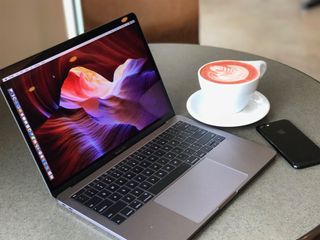
The narrative around the MacBook Po's battery life has been all sorts of broken. A lot of attention has been focused on tests and the testers, Menubars and meters. The only thing that really matters, though, is how long the battery lasts.
For me, over the last few months, it's been around 7 to 8 hours. I don't use Chrome and I haven't been doing any transcoding. I have been using a ton of Safari tabs, though, and I keep the screen brighter than most tests do.
Apple rates the battery life at 10 hours. When I've been more conservative, especially with screen brightness, I've hit, and even slightly surpassed that, but I don't like having to be conservative with something I stand in front of most of the day.
That's why I still think it's time for new ratings. Just like with iPhones and iPads, gone are the days where "internet activity" involved checking email or browsing the New York Times website. The Mac doesn't have to deal with Snapchat or Pokémon Go, but modern websites are monsters and apps ramp up on power these days for all sorts of reasons.
I don't want to trade lighter laptops for longer battery life, especially now that USB-C means I can carry a battery pack with me if I ever need to. I just want my expectations to be set better up front.
Keyboard clack
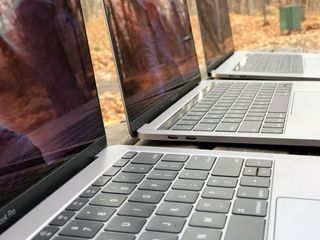
I'm fine typing on the new MacBook Pro keyboard. I'm also fine typing on the old MacBook Pro keyboard. I'm pretty much keyboard agnostic at this point. Give me a couple of hours and even the Smart Keyboard on the iPad Pro feels fine.
I do like the firmness and punchiness of Apple's improved butterfly switch and dome system on the new MacBook Pro. So much so that when I go back to the old scissor switch version, it feels a little loosey-goosey to me now.
But there's one area where the new MacBook Pro keyboard as regressed — noise. It's LOUD. I didn't notice it at first because I was working in coffee shops and focusing on getting my initial review done. Over the last few months, though, particularly as I've been using it while friends and family have been watching TV, I've noticed it. And they have too.
It's a byproduct, I think, of the very punchiness I like. On the older MacBook Pro, I'm still loud by default but I can consciously press slower and lighter and take it down a few noise notches. With the new MacBook Pro, I feel like I can't lighten up as much, even when I'm being conscious — or self-conscious — about it.
And yeah, it's funny how people who seem to dislike the new keyboard the most are the ones who prefer the very old clickety-clackety selectric-style keyboards. Here they're getting a lot of that clack but none of that travel.
MacBook Pro 🤔
For some people, Apple's latest laptop is a MacBook Air Pro — lighter and more portable but at the expense of all the power and ports they hold dear. And that's pissed them off.
For me, Apple's latest laptop is a MacBook Pro Air — a lighter and more portable laptop that still packs in all the power I need. And I've been delighted.
Over the last three months, I haven't even thought about switching between a (now 12-inch MacBook) and a Pro. The new MacBook Pro, a few sad and straight faces not withstanding, is exactly the balance I've been looking for.
My use case is absolutely not everyone's but I suspect it's increasingly the same use case for most people. That does raise all sorts of questions about when and how Apple will address the needs of the edge power cases. If the 12-inch MacBook is for the ultra-light travelers, what's for the ultra-power creatives?
Hopefully, 2017 provides some answers.
Meanwhile, three months later, the new MacBook Pro has become my primary computer. And it's easily the best Mac I've ever owned.

Rene Ritchie is one of the most respected Apple analysts in the business, reaching a combined audience of over 40 million readers a month. His YouTube channel, Vector, has over 90 thousand subscribers and 14 million views and his podcasts, including Debug, have been downloaded over 20 million times. He also regularly co-hosts MacBreak Weekly for the TWiT network and co-hosted CES Live! and Talk Mobile. Based in Montreal, Rene is a former director of product marketing, web developer, and graphic designer. He's authored several books and appeared on numerous television and radio segments to discuss Apple and the technology industry. When not working, he likes to cook, grapple, and spend time with his friends and family.
